





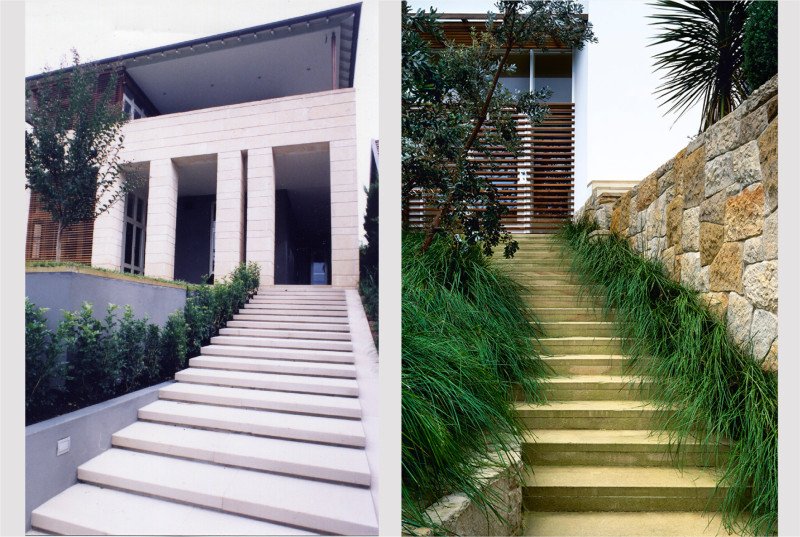
Stair Variations : An Ode to M.C.Escher
We take a step back to look at the catalogue of stairs designed by Luigi Rosselli Architects.
Architect Oscar Tusquets Blanca relates the lesson of an old teacher in which he notes:
“[T]he horizontal plane as a passable surface must have been the result of human creativity, since it never occurs in nature: only still water yields that geometrical form and, outside the Holy Scriptures, you can’t walk on water. He made us imagine how man, once spared the inconvenience of walking over rough terrain, could begin to think as he walked, thus developing a penchant for the abstract reasoning which would lead him to philosophy. And, towards the end of the class, he made us realise that if constructing flat surfaces to facilitate horizontal movement was not a straightforward act, but one which requires creativity, then to imagine a series of horizontal planes on different levels to facilitate three dimensional movement, to build staircases, constituted an architectural and cultural turning point of the utmost importance.” 1
Stair play a vital circulatory role in the function of most buildings designed at Luigi Rosselli Architects, but also yield an opportunity to express architectural ideas in a project. We never shy away from an opportunity to test an idea: the musicality of movement, a twisted ascent, a promenade, material flows [as lava or light], excavation/ extraction/ subtraction, a directional intent, the comfortable ascent or the inevitable descent. Confined as we are to the real, we present this retrospective in honour of the impossible stairs of artist and lithographer M. C. Escher, whose surreal stairwells prove the inconsistency of our sensorial perception.
1Tusquets Blanca, Oscar. Requiem Por la Escalera, RqueR Editorial, Barcelona, Spain [2004] p12
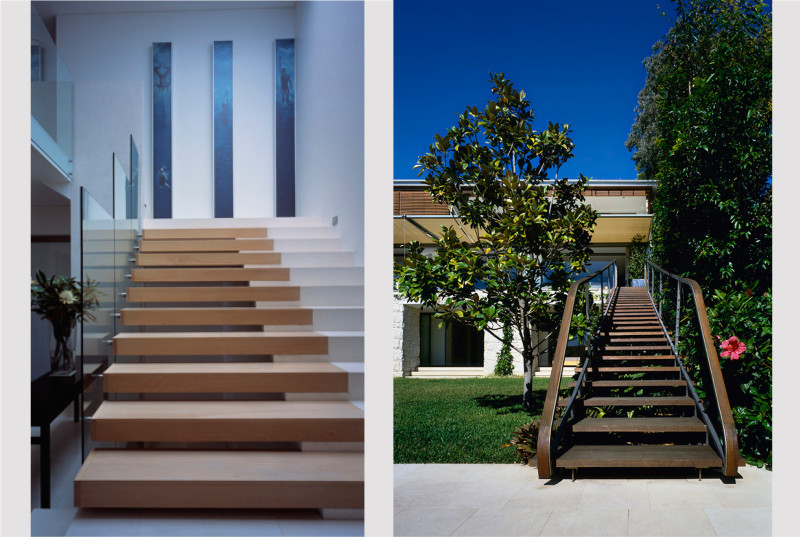
© Luigi Rosselli Architects
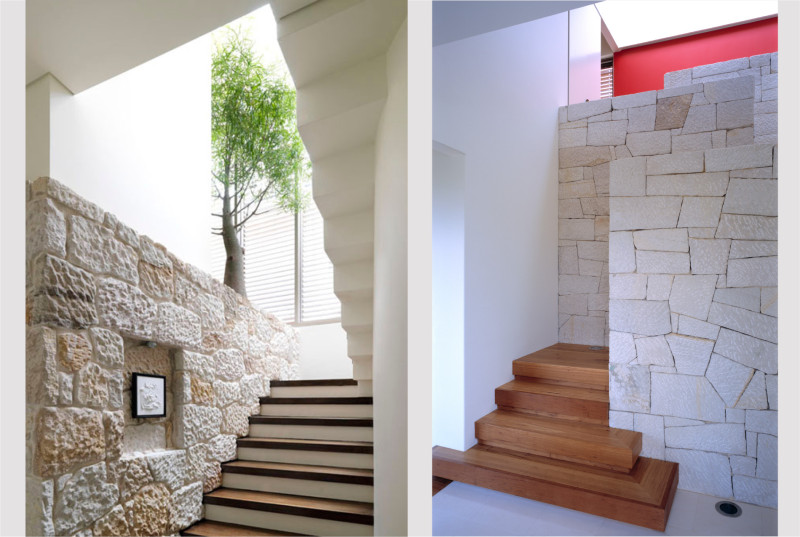
© Luigi Rosselli Architects
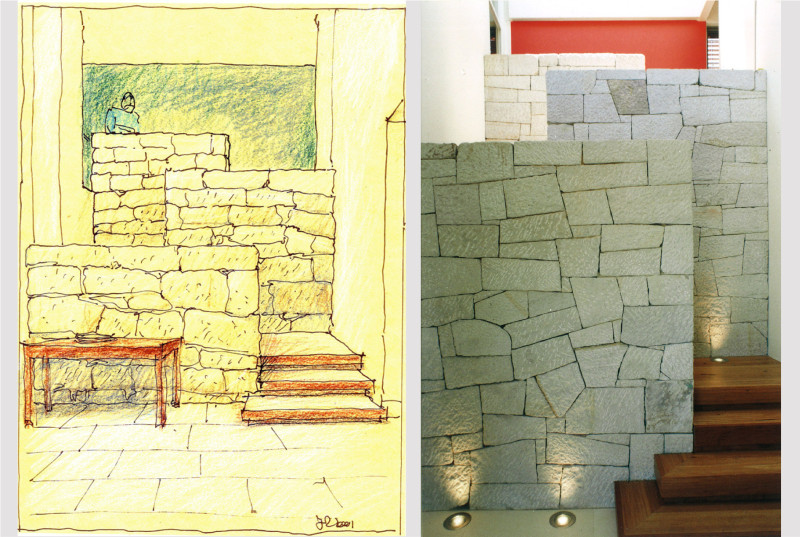
© Luigi Rosselli Architects
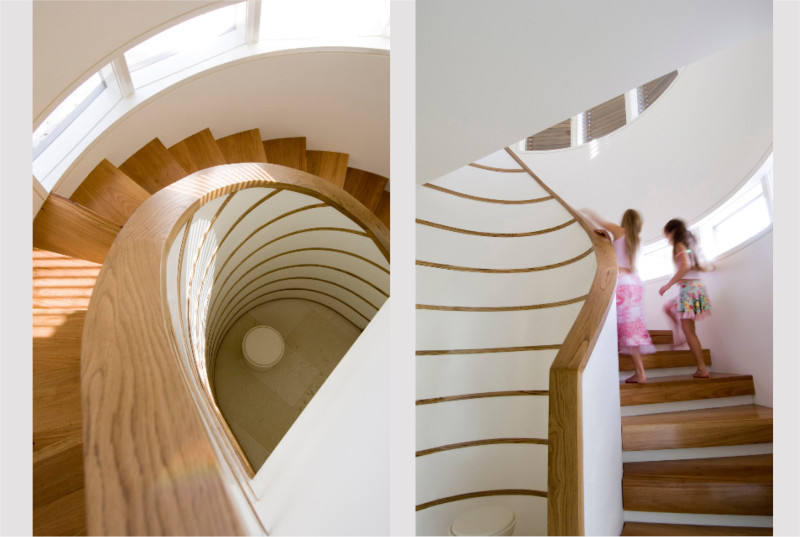
© Luigi Rosselli Architects
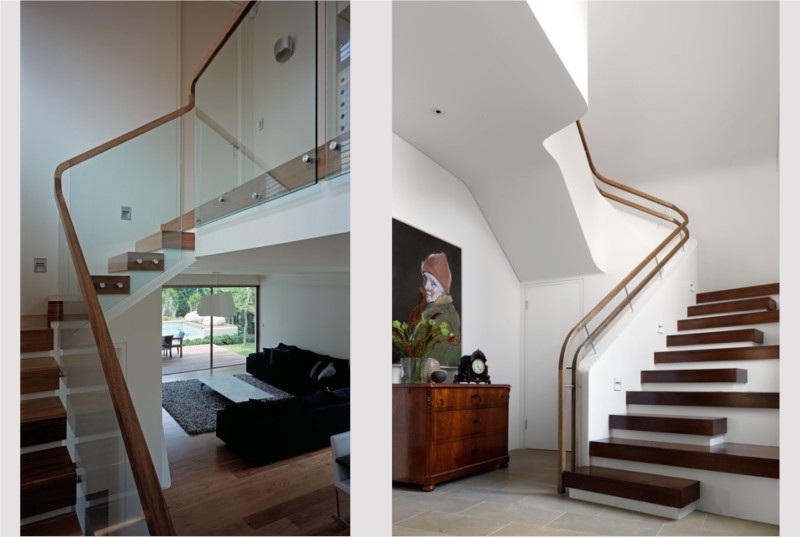
© Luigi Rosselli Architects
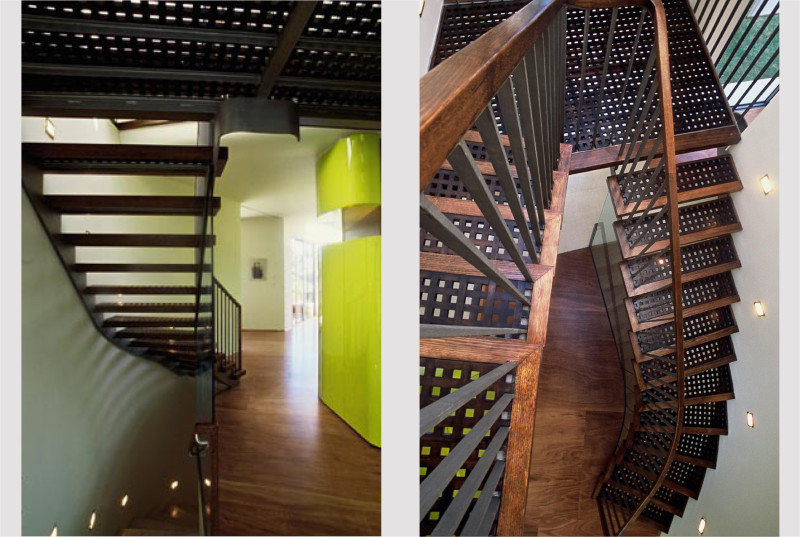
© Luigi Rosselli Architects
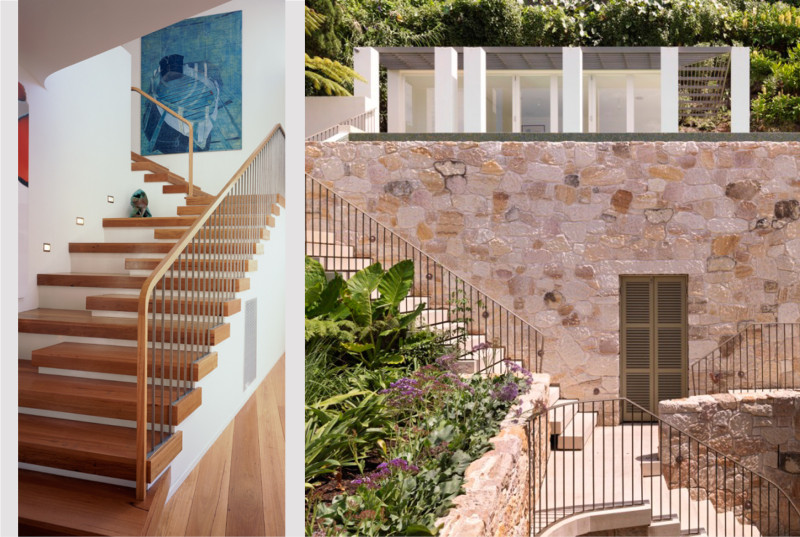
© Luigi Rosselli Architects
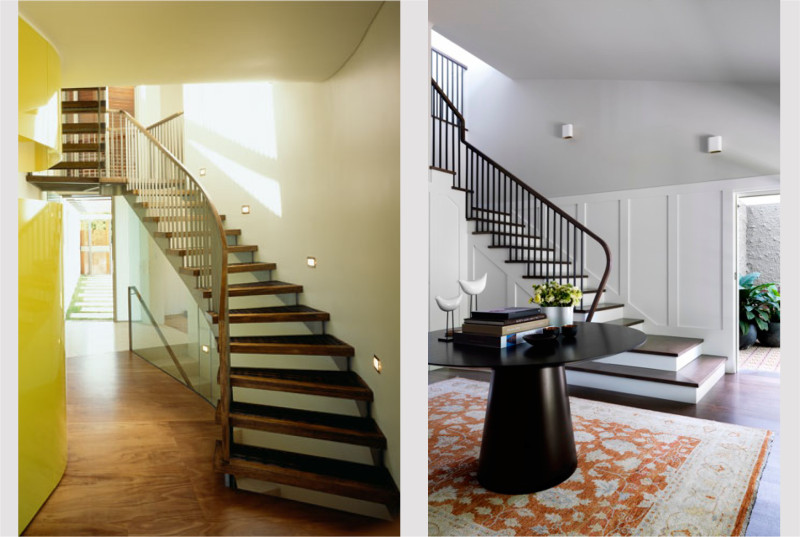
© Luigi Rosselli Architects
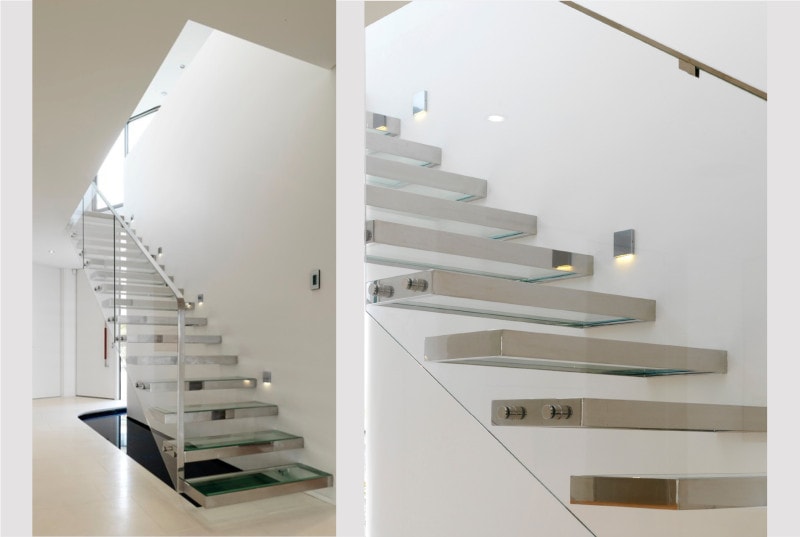
© Luigi Rosselli Architects
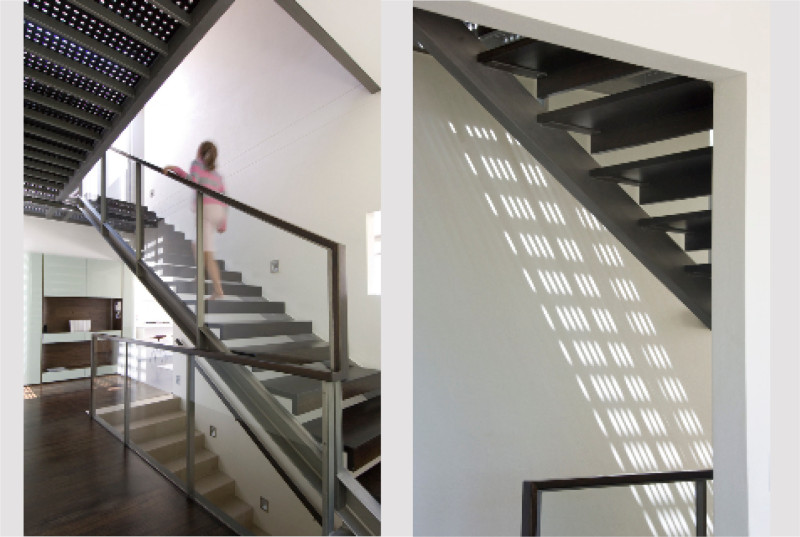
© Luigi Rosselli Architects
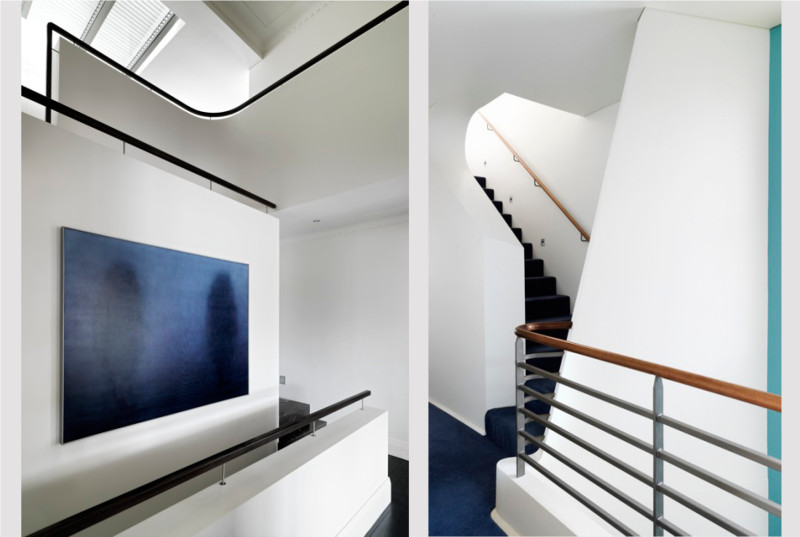
© Luigi Rosselli Architects
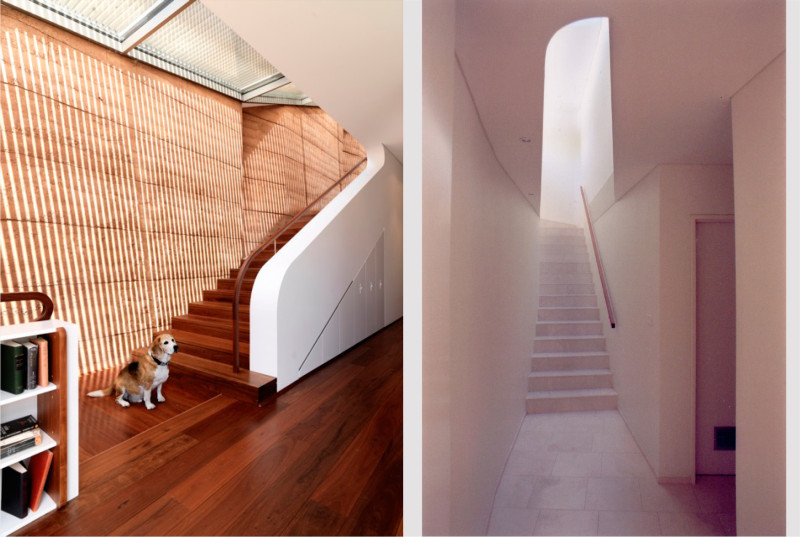
© Luigi Rosselli Architects
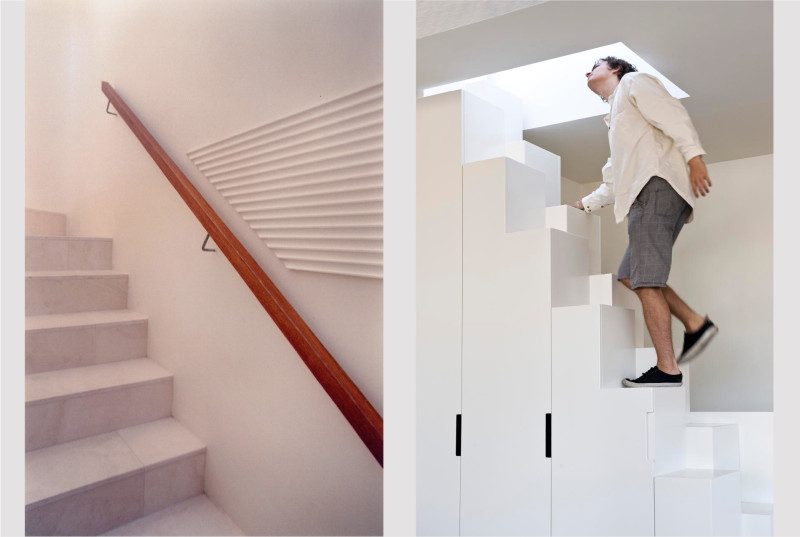
© Luigi Rosselli Architects
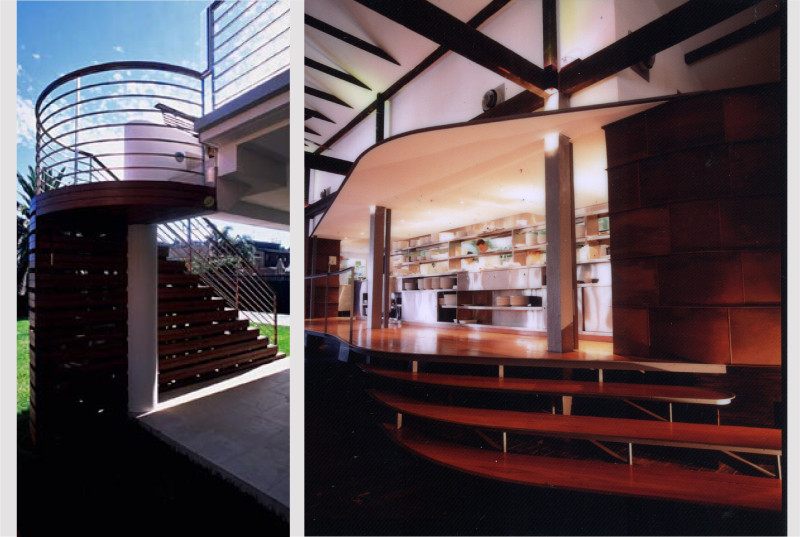
© Luigi Rosselli Architects
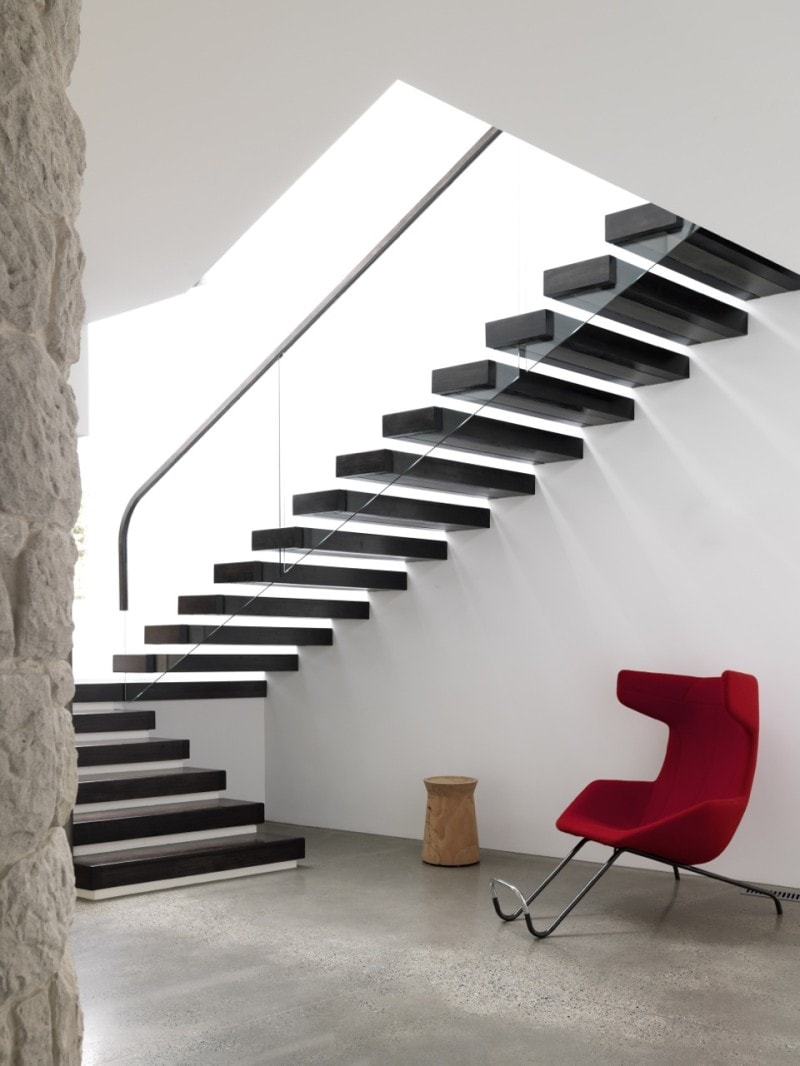
© Luigi Rosselli Architects